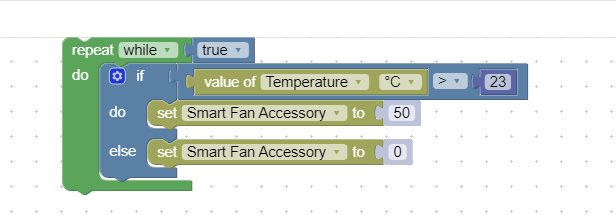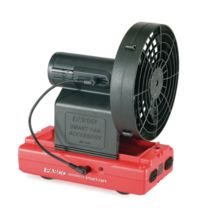
Top stories


Logistics & TransportIata urges global safeguards for aircraft systems as 5G/6G rollout continues
19 hours

AgricultureAgricultural exports from Africa are not doing well. Four ways to change that
Lilac Nachum 20 hours


Well, what exactly is the fourth industrial revolution? Here is a sentence from a new training manual that Pert developed together with the Western Cape Education Department:
I am not too sure what that means, which is a bit worrying, because I believe I wrote that section of the manual. (It is in the pre-lockdown blur). I think it means that machines are now automatically sensing quantity and change out in the physical world and communicating that information to other machines, and their human operators -like a car driving by itself, but under supervision from a control centre.
Green technology is easier to define. It’s basically any energy that isn’t from fossil fuels, e.g. wind, solar, nuclear, hydro, bio, or geo- thermal. It also includes systems to improve energy efficiency (in supply and consumption) and energy storage and distribution. A smart grid for example, would fall under Green Tech. This is a network that allows you to put various sources of electricity back into the standard grid, such as selling your own solar power back to Eskom as a credit on your electricity bill, at the times when you have more than enough for your domestic use.
Pert has had some green energy trainers for some years now:

But what of 4IR? Our problem here, as humans, is not just learning some new skills, but learning them fast, faster than the machines we are competing against. It is not quite a Terminator or Matrix scenario, but solid, traditional human jobs like taxi driver or photographer, even drone photographer, well, these types of jobs are gradually coming under pressure, as computer software evolves to automate them and do them cheaper and quicker.
So, are the machines going to just gradually replace us? What can we do?
One common suggestion: learn coding. Learn how your competition thinks, so to speak, get into their head, and gain the edge! Well, ok. But coding is not for everyone – personally, I find it hard and unpleasant. But you don’t have to learn to code professionally in the 4IR world; the machines will probably start doing that part, as well, after all. What you maybe need is familiarity with the process, and some flexibility in your application. Really, at this early stage what you need is to adjust existing code for your specific requirements, or even cobble together other pieces from the public domain.

This is why our new Pert Variable Speed Drive trainer (a module for the Pert Motor Trainer) has two parts: a coding piece for those who like that sort of thing and a ‘tinkering’ piece for the rest of us. You just need to be sufficiently digitally savvy to know where to make the necessary adjustments, while preserving syntax. In other words: how do you change some parts, without messing the whole thing up? Usually, that is not that hard. For example, this is from the Pasco smart fan and trolley, used in Grade 11 and 12 Physical Science:

This tells the fan to go on at temperatures above 23 degrees. You can alter that value, according to conditions. Or you could sense something different like light level, or sound level, or the trolley’s own movement. Or you could even push and pull on the trolley’s force sensor and get a proportional response from the fan. All of which requires minimal expertise: basically, how to select from drop down options, or drag new lines to sense other quantities.

Of course, it gets a little more complicated, and a lot more frustrating. But it can be fun as well, especially when you successfully manage to tweak a big chunk of code, and you feel like you have created something amazing. And whether we like it or not, these are the things we humans will need to start learning; that is, unless we want to find ourselves out to pasture with all those horses from the 20th Century.
Visit us at pertindustrials.com or contact me at az.oc.trep@retep for more info, or to chat about matters educational.